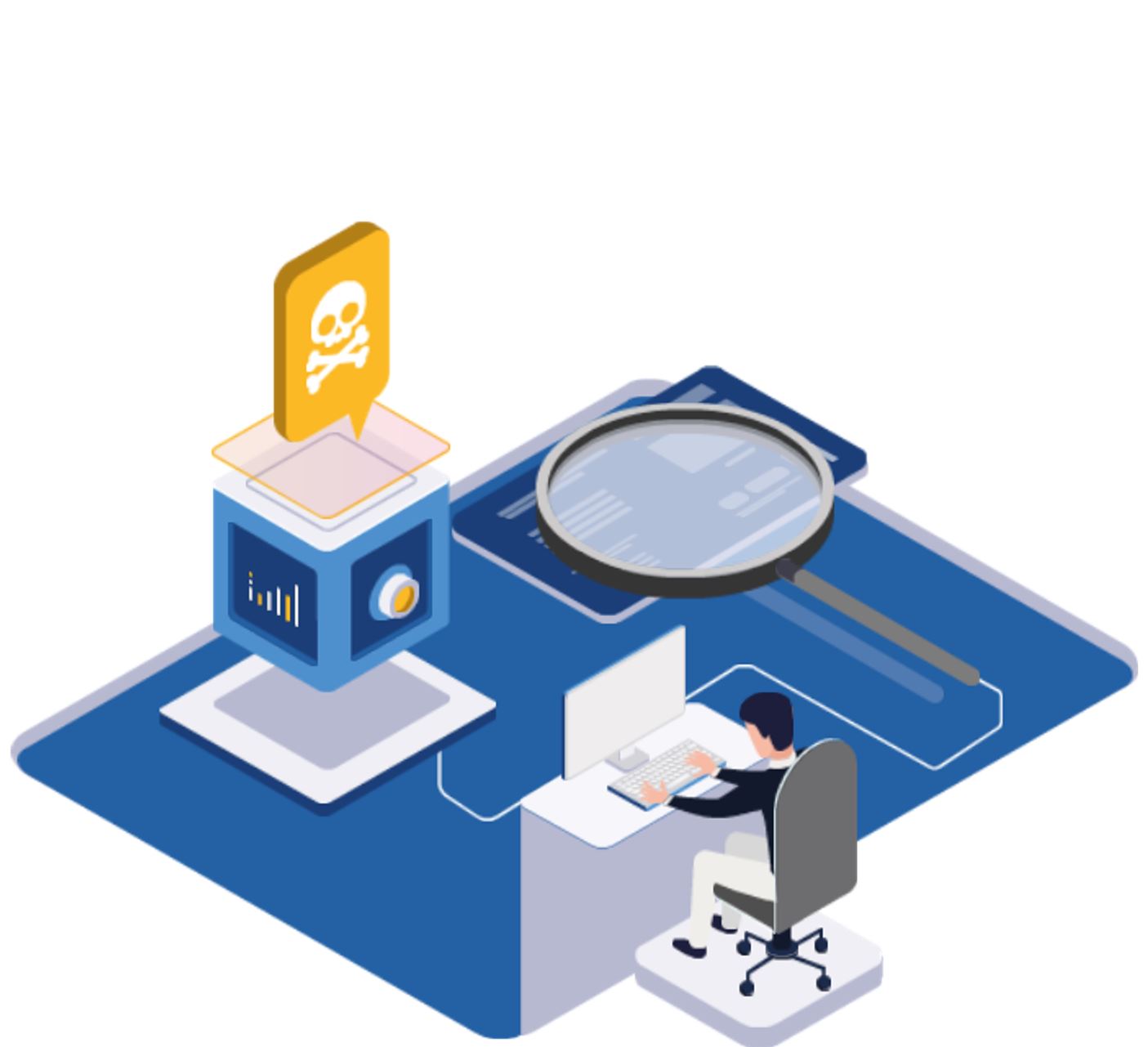CSGs Managed Vulnerability Scanning service leverages industry leading scanning tools across internal and external networks

Enhanced security and control
Rapid identification of vulnerabilities before external threats can take advantage of them
Ongoing threat visibility and reporting across your environment – all of the time
Remove blind spots across your environment
Provides strategic advice to meetings for compliance, governance, and data protection requirements
Improves operational efficiencies – scanning is repeatable, automated, and efficient meaning you get repeatable results
Remove blind spots across your environment
Key vulnerability identification and priortisation – know what to remediate first
Enhance patch mangement program
External vulnerability scan
External vulnerability scans target the areas of an IT ecosystem that are exposed to the internet, or not restricted for internal use. These areas can include applications, ports, websites, services, networks, and systems that are accessed by external customers or users
Internal vulnerability scan
With internal vulnerability scans, the primary target of the software is the internal enterprise network. Once a threat agent makes it through a security hole, the threat agent can leave enterprise systems prone to damage. These scans search for and identify the vulnerabilities inside the network in order to avoid damage, as well as to allow organizations to protect and tighten systems and application security that are not exposed by external scans
Environmental scan
Environmental vulnerability scans are based on the specific environment of an enterprise’s technology operations. These vulnerability scans are specialized and are available to deploy for multiple technologies, such as IoT devices, websites, cloud-based services, and mobile devices.
Non-Intrusive
Intrusive Scan
Intrusive assessments make attempts to exploit vulnerabilities after they are discovered during scanning and an attack plan is created.
